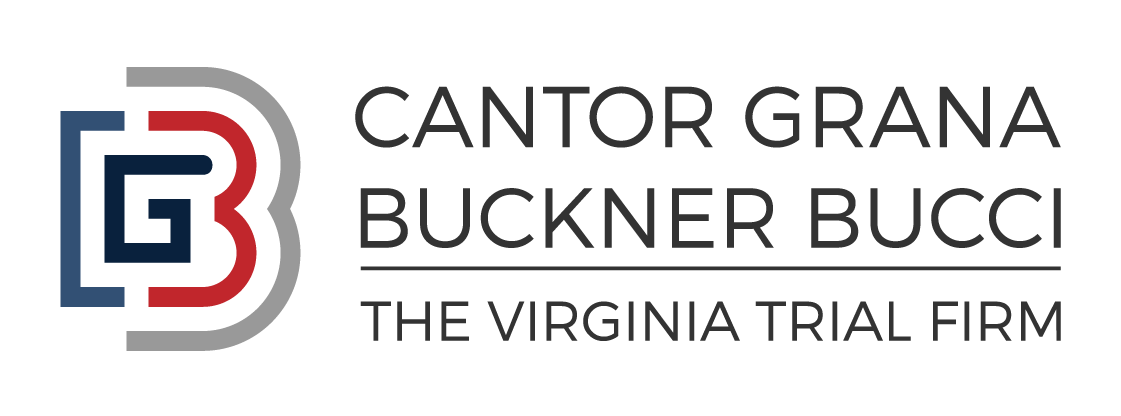For 50 years, clinicians have classified brain injuries with the Glasgow Coma Scale (GCS) as mild, moderate, and severe; lately its accuracy for predicting brain injury outcomes has been questioned. With precision medicine available for a variety of illnesses like cancer, we can and should use similar tools to classify and treat brain injuries with more accuracy. The National Institute of Neurological Disorders and Stroke (NINDS) has been working with TBI researchers and clinicians from across the world to develop ways to do this, so let’s take a deeper look!
Overview of A New Framework
In 2023, the National Academies of Sciences, Engineering, and Medicine released Traumatic Brain Injury: A Roadmap for Accelerating Progress, which led to the development of the NINDS initiative for a new framework for how TBI is addressed in the first 24 hours. This “CBI-M” framework enriches the way we think and talk about brain injury by assessing Clinical symptoms, blood-based Biomarkers, Imaging, and patient Modifiers that affect clinical presentation and outcomes.
This framework is designed to encourage research collaboration; ensure consistency in clinical practice; enhance patient outcomes; improve clinicians’ understanding of TBI mechanisms; and lead to better therapeutic approaches. Further research on the validation of this framework beyond the acute phase of TBI will be undertaken.
Workgroup members know the knowledge transfer required to modify what has been standard practice for 50 years will require the establishment of comprehensive educational programs aimed at healthcare professionals, first responders, and rehabilitation specialists. The report prioritizes understanding the nuances of different TBI types, the significance of early assessment protocols, and the implications of varying recovery trajectories.
Highlights From the Clinical, Biomarker and Imaging Workgroups:
As brain injury evolves over minutes, hours, days, and weeks, it’s not possible to fully assess the effects of TBI at a single timepoint or by comparing patients who initially look similar. Every case follows different paths after the initial assessment; basing prognosis on first impressions can miss variations in injury severity and clinical needs.
The clinical symptoms work group (CSWG) recommended including the eye, verbal, and motor responses and symptoms such as amnesia, headache, dizziness, and noise sensitivity. They felt disease progression or resolution should be monitored over 14 days to accurately characterize a TBI. Detailed documentation of neurological deficits, vestibulo-oculomotor dysfunction, cognition, and mental health symptoms over 2 weeks can help our understanding of what happens in the early phases of injury.
Blood-Based Biomarkers:
For quite some time, the field has known that some blood tests provide objective indicators of injury, and can provide measures of severity, prognosis, treatment response, and underlying processes like neuronal and vascular injury.
Recommendations from the Biomarkers workgroup focused on establishing appropriate age- and sex-specific benchmarks and precision on items such as accuracy, detection limits, recovery, and stability. There isn’t enough evidence to support using blood-based biomarkers (BBMs) after more than 30 days; however, recommendations about using them were established for acute (0–24 h), subacute (1–30 days). These BBM’s could have an impact in emergency departments (EDs) and intensive care units (ICUs), as some of them can predict mortality and functional outcomes 6–12 months postinjury
Neuroimaging is one of the first diagnostic tools used to assess brain injury severity. Computed tomography (CT) is widely used by emergency departments to evaluate the severity of a TBI, but there is no agreed-upon reporting system, standard terminology, or framework.
Magnetic Resonance Imaging (MRI) in acute TBI is used for patients with altered levels of consciousness or neurological deficits beyond because they provide more detail for small brain contusions, nonhemorrhagic axonal injuries, and traumatic axonal and/or microvascular injury (TAMVI). Given recent advances in imaging technology, Electronic Medical Records (EMR) systems, and artificial intelligence (AI), it is possible to reach consensus on data collection, analysis, and interpretation of findings large-scale, international collaboration.
Among the group’s recommendations was the use of the term traumatic axonal and/or microvascular injury (TAMVI) to more accurately describe imaging findings, and an imaging tool embedded in the EMR with a drop-down menu in radiology-reading software, to standardize terminology used to describe injuries and link to more detailed information when helpful.
Highlights From the Psychosocial and Environmental Modifiers and Retrospective Classification Workgroups:
Psychological and Environmental Modifiers
It’s well known that certain modifiers can predict outcomes for recovery from TBI: preinjury psychiatric disorders; age; gender; and education. Other prognostic factors include preinjury employment, race, health insurance, social support, socioeconomic factors, spiritual beliefs, and cultural background.
For this purpose, modifiers were identified at the individual, injury and community levels.
- Individual level: age and gender, race, ethnicity, language, and culture; employment status and education; mental and physical health, neurological comorbidities; frailty; socioeconomic position; insurance coverage; and a history of stress, trauma, and injury exposure.
- Injury level: Injury cause, psychological trauma, extracranial injury, and secondary insults like hypoxia and alcohol, and substance intoxication
- Community level: Racism, social supports, socioeconomic position, accessible systems of care.
Clinical and research recommendations included providing trauma-informed and culturally humble care and assessing patients in their preferred language whenever possible; for health care systems to use their routinely monitored data to investigate equity among different groups; and to screen and intervene on psychosocial and environmental barriers to TBI recovery.
Workgroup members proposed investigating a system of injury classification that was not as likely to result in misinterpretation and misrepresentation as using “mild,” “moderate,” and “severe” to describe the level of brain injury. It requires identifying past TBIs, and relies on self-report, EMR extraction, imaging, BBM’s, and performance-based tests.
Self-reporting is preferred over proxy-reporting because the individual can more accurately talk about their own experience, but in the case of children or severely impaired adults, it is necessary to rely on proxy reporting. Electronic medical record extraction can, by standardizing case definitions and procedures, be an important tool for the identification of a history of prior TBIs. Relative to imaging, knowledge of age-appropriate reference standards given changes in brain structure across the lifespan is critical, as is establishing age-specific reference standards for BBM’s. Performance-based evaluations like neuropsychological assessments don’t provide information on the effects of a past TBI; they don’t determine that a past TBI or RHI occurred, but may help inform whether the identified history of TBI is contributing to current symptoms.
The Working Group concluded that, without enough evidence for classifying the effects of retrospectively identified TBIs, the terms “mild,” “moderate,” and “severe” should not be used.
Final Workgroup Recommendations
At final tally, the workgroups identified 52 different unique actions that would be required need to occur to make these changes; each group went back and identified the top three priority actions that would need to occur to optimize successful implementation of their recommendations. The figure below displays the top three priority areas for each group, shaded to indicate those focused on clinicians, policymakers, patient/caregivers, or researchers.
Helpful Resource:
Traumatic Brain Injury: A Roadmap for Accelerating Progress – which prompted this whole initiative can be found here. It investigates the interesting and complicated landscape of TBI research and identifies gaps and opportunities to accelerate research progress and improve care.



